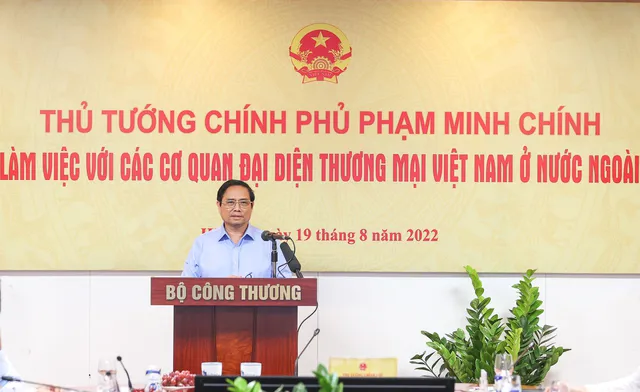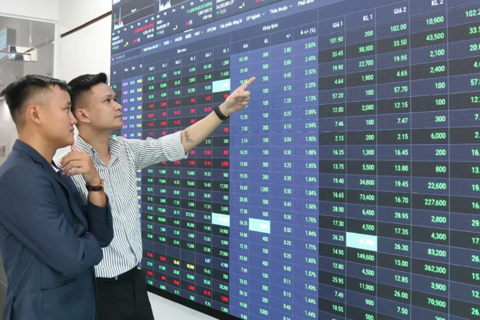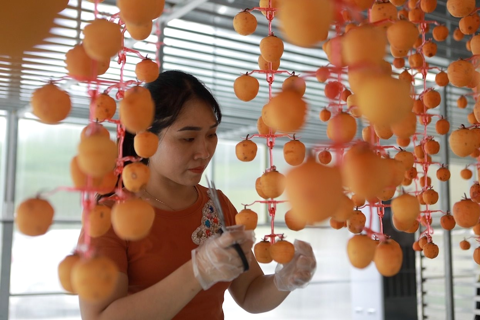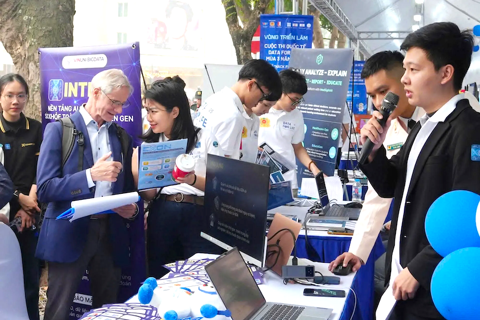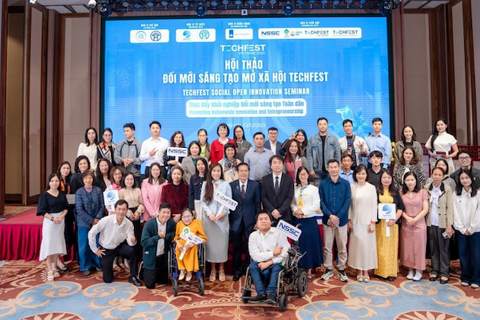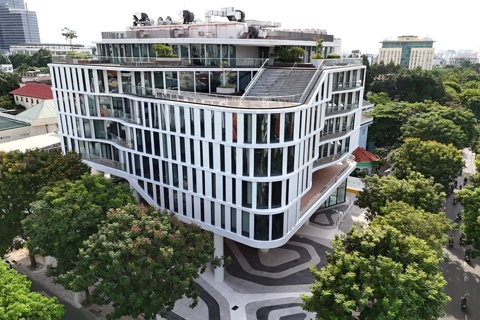Vietnam in search of new markets to diversify trade options: PM
The country’s trade turnover is estimated to reach a record high of US$800 billion by year-end.
Vietnam should further find new markets in Eastern Europe, the Middle East, South Africa, South Asia, or Africa, to offset difficulties faced in traditional ones, such as the US, China, EU, Japan, or ASEAN.
| Prime Minister Pham Minh Chinh at the conference. Source: VGP |
“Efforts are needed to actively search for new partners, connect local and foreign businesses in investment cooperation and attract capital into basic industrial sectors, especially manufacturing, processing, supporting industries, chemical, pharmacy, material industry,” Prime Minister Pham Minh Chinh gave the assigments to trade counselors during a meeting with Vietnam’s network of trade missions abroad on August 19.
According to Chinh, the ongoing global situation is posing challenges for Vietnam’s exports, requiring solutions to ensure greater sustainability in trade performance.
The prime minister added uncertainties around the world would put more pressure on the local economy, especially rising inflationary pressure.
“Vietnam’s major markets are suffering negative impacts from inflation and other factors such as local currencies losing value against the dollar, global trade activities being shrunk due to lower demand,” he added.
This is not to mention tightening monetary policies and the “zero-Covid” approach in some markets, which are causing negative impacts on Vietnam’s foreign trade, Chinh said.
In this context, Chinh said the network of trade missions abroad has been excelling in its role by providing information on policies of the export market, facilitating trade, and business cooperation, and addressing concerns of local traders.
During the past years, Vietnam’s trade missions held hundreds of trade facilitation events to boost Vietnam’s exports abroad; searched for new sources of inputs from India, and South Korea for the local garment industry amid disrupted supply chains; secured coal supplies from Australia, South Africa and Laos for domestic electricity production; retrieved over 100 containers of cashews falling victim to an export scam in Italy.
Chinh called for the network to continue spreading the country’s messages over vision for development and foreign affairs policies to international partners.
“Vietnam is in the process of perfecting the socialist-oriented market economy, in which the people are the core, the main beneficiary, and the motivation for development,” Chinh said.
Chinh reaffirmed the stance that the Government would not sacrifice social advances, welfare, and the environment for pure economic growth.
In addition, the country stays focused on pursuing an independent economy, while actively integrating into the global economy.
“The goal is to promote an independent and self-reliant economy with high resilience to external shocks,” Chinh said.
A major task for trade missions abroad in this context, Chinh said, is to be aware of policy changes in their respective countries and propose solutions accordingly to ensure national interests and those of businesses during the process of global integration, especially in response to trade probes.
Chinh noted the necessity to improve the workforce qualifications, in which trade missions should look for partnerships in taking Vietnamese trainees and workers abroad to gain experience and expertise.
Meanwhile, trade missions should step up their efforts in the search for new sources of input materials to support local industrial sectors; foster cooperation with international partners to promote Vietnam’s material industry, and chances for local companies to deepen their integration in the global supply chains; promote investment into the energy industry, especially renewable energy to accelerate the energy transition in Vietnam.
A report from the Ministry of Industry and Trade revealed Vietnam’s trade turnover in 2021 stood at US$670 billion, placing Vietnam among the world’s top 20 economies with the largest trade revenue. During the first seven months of 2022, Vietnam’s trade revenue expanded by 15.3% year-on-year to over $433 billion and is estimated to reach $800 billion by year-end. |

